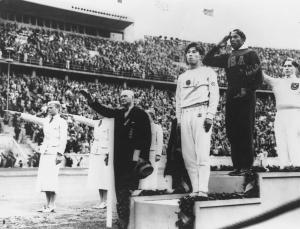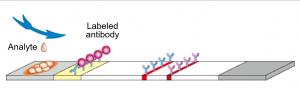Imagine doing a project with at least a dozen people. Some roles require memorizing lines, some require moving at the right moment to the right location. You may make as many attempts as you wish, but the project must last at least two minutes with a perfect result. Does this sound easy for you? This is exactly what happens when shooting long takes in a film. The famous corridor fight scene1 in Oldboy (2003, Park Chan-wook), where the protagonist Oh Dae-Su fights with 16 antagonists, is a great example of a long take since it lasts 2 minutes and 39 seconds without cutting of scenes. While ‘long take’ is a technique used in shooting films, there’s also something called the ‘slow cutting’ technique used behind these scenes.
Slow cutting is a film editing technique that is used in scenes with a long duration. The only difference between a long take and slow cutting is that the former is a filming technique used while shooting, whereas the latter is a film editing technique used while editing a video. Although there are no precise criteria, slow-cut shots2 usually last more than 30 seconds. Despite the difficulty of shooting these shots, long takes are preferred since they lead the viewer to focus on a character’s behavior in a particular environment or setting. This is very convenient for displaying the character’s influence and relation with the others. The case of Oldboy uses this aspect, implying how Oh Dae-Su has to battle the adversary for his revenge.
 |
| Oldboy (2003, Park Chan-wook) |
Slow cutting further designs the scenes to become more realistic. The details of the wide settings and numerous supporting roles lead the viewers to believe that the scenery is real. Once the viewers accept that the setting is real, it’s child’s play to convince them the story is, as well. The opening of Spectre (2015, Sam Mendes) is a great demonstration of this, with a shot that continues for four minutes, dragging the audience into the Festival of the Day of the Dead in Mexico. Some slow-cut scenes take a step further to move the camera at a human height, shifting to different directions just as a human will do. This gives the illusion that the viewers are present as a character in the movie. This is why we feel anxious and frantic with the other characters when we watch the battleground scene of The Revenant (2015, Alejandro G. Iñárritu).
Fast cutting, as you could tell from its name, is the exact opposite technique of slow cutting. Usually running a sequence3 of shots in an average of fewer than two seconds, fast cutting is widely used as the Hollywood style of editing, frequently seen in action blockbuster films. Since each short shot flashes at a great speed, viewers are forced to pay closer attention. This creates tension and builds up excitement in the viewer which is why it is usually used in violent action scenes, the climax of an accident, or situations where the protagonist is in danger. The Hitchcock masterpiece Psycho (1960, Alfred Hitchcock) is the most well-known film to demonstrate this method perfectly. The constant change in shots along with the killer’s stabbing and the victim’s struggle causes horror and tension without any display of the gruesome sight.
 |
| Psycho (1960, Alfred Hitchcock) < Shamley Productions> |
Furthermore, fast-cutting scenes flash visual messages to the audience, often giving out hints to the audience or being used as flashbacks of a character’s past. Due to a scene’s short duration, audiences cannot grasp the full idea but instead focus on the plot and detail of the film, making their own prediction of how the scenario will develop. The opening scene Malignant (2021, James Wan) is a great example, as it goes through a sequence of shots showing microscopic photos of cell division that seem irrelevant at first, but turn out to be a big Easter egg at the end. Whereas this foreshadows the plot that will be revealed later on, the scene of Charlie’s breakdown in The Perks of Being a Wallflower (2012, Stephen Chbosky) reveals what happened in the protagonist’s past. The repetitive change of the scene going back and forth between the present and the past not only sends information to the viewers but further transfers the insecure and devastated state of Charlie, inducing sympathy in them.
Then why is it that knowing these techniques is relevant? There surely are several different ways to enjoy a movie, from watching in a relaxed manner in a comfortable setting to rewatching a movie over and over again to get even the smallest details. However, acknowledging the director’s intention by learning the language of film will enhance your perspective of watching a movie, just like how listening to the explanation of cuisine makes dining more enjoyable. The more you know about it, the more delectable it gets. It will give you the insight to understand even the indirect message the movie is sending to the audience.
1scene: A section of a story that has its own unique combination of setting, character, dialogue, and sphere of activity.
2shot: The images that are recorded continuously from the time the camera starts tot the time it stops.
3 sequence: An edited assembly of audio and video clips.
Ga Yun Choi choia67@hotmail.com
<저작권자 © 홍익대영자신문사, 무단 전재 및 재배포 금지>





